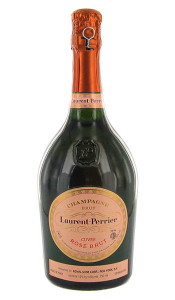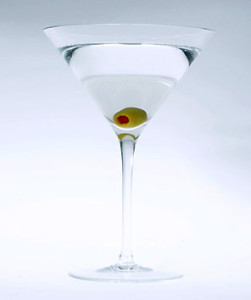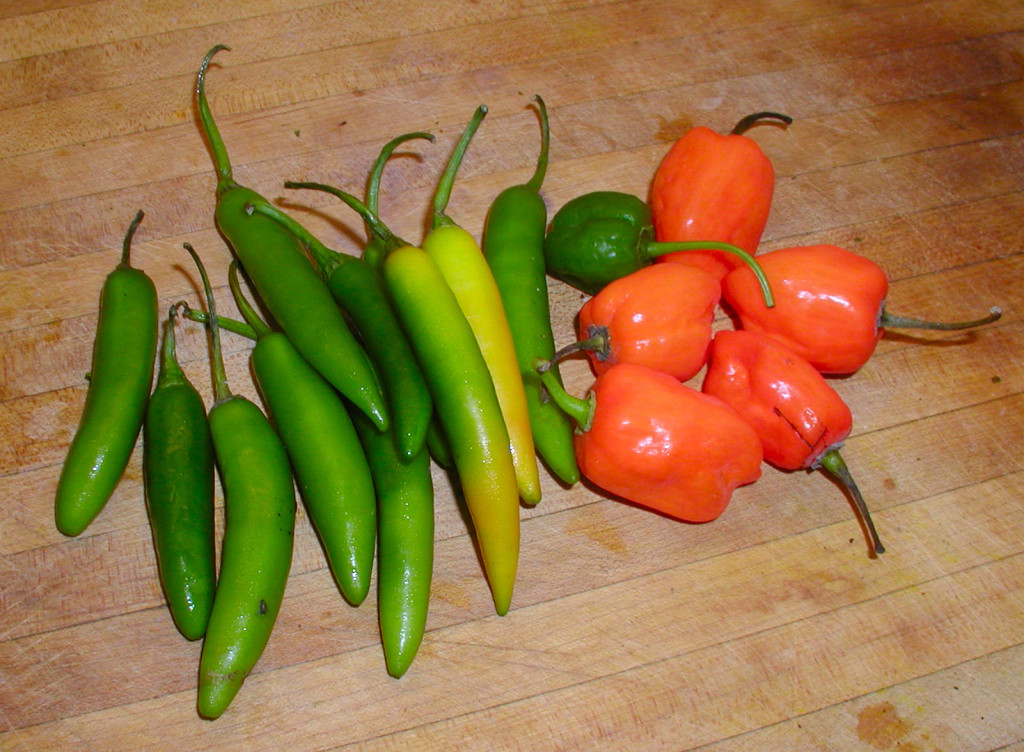How to Throw an Inexpensive Dinner Party
January 2002
Pages 40-41
 One of the newest (or is it oldest?) trends is a return to “comfort foods”. Sometimes you just need to say au revoir to tuna tartare in sea urchin vinaigrette, ciao to beet carpaccio and preserved sicilian lemons, and adios to scallop ceviche with blood orange salsa. A simple “mac & cheese”, a perfectly charred porterhouse, a golden brown roasted chicken are where your tastebuds want to head.
One of the newest (or is it oldest?) trends is a return to “comfort foods”. Sometimes you just need to say au revoir to tuna tartare in sea urchin vinaigrette, ciao to beet carpaccio and preserved sicilian lemons, and adios to scallop ceviche with blood orange salsa. A simple “mac & cheese”, a perfectly charred porterhouse, a golden brown roasted chicken are where your tastebuds want to head.
The nicest thing about this latest trend is its ease on the budget. I no longer have to decide between having a half dozen friends over for a meal and redecorating the living room. I can say “no” to $100 a pound matsutakes and “yes” to $1 a pound white buttons mushrooms. Not only that, but when I serve them, it’s trendy!
The challenge, of course, is to go cheap without sacrificing quality. It’s easy to be innovative when you have an unlimited selection of the finest ingredients. It’s a whole new level of creativity when you work with a shoestring budget. The necessary simplicity requires a commitment to absolute freshness and excellence. However, this doesn’t mean giving up on flavor and variety. In fact, it requires a dedicated selectivity to come up with inexpensive ingredients peppered with a couple of just the right extras. Set yourself a budget for dinner, and head out in search of those special ingredients that will contribute to making your dinner party a smashing, and financial, success.
Good Ole’ New-Fashioned Pork Chop Dinner
Serves 6
1 head of romaine lettuce
1 head of butter or bibb lettuce
3 cloves garlic
1/4 cup walnuts or pecans
1 teaspoon dry mustard
1/2 teaspoon cayenne pepper
1 tablespoon chopped chives
1 teaspoon salt
1 cup olive oil
1/4 cup red wine vinegar
Crush the garlic and nuts together until you have a paste. Add the seasonings and olive oil and mix together well. Slowly add the vinegar, making sure to whisk it in thoroughly. This will make a fairly “chunky” dressing. If you prefer smooth, or are just in a hurry, blend all ingredients (except the two lettuces) together in a blender until you get your consistency. Just before serving, toss the lettuces with the dressing.
Main Course:
6 nice sized, thick cut pork chops
1 bottle of pear nectar, juice or cider
6 bay leaves, preferably fresh
1 teaspoon ground black pepper
1 teaspoon salt
Mix the marinade ingredients together and marinate the pork in it, in the refrigerator, for two to four hours
In a large frying pan, melt 1 tablespoon of the butter and quickly brown the chops on both sides. Pour the marinade over the chops, reduce heat, cover and simmer until chops are cooked medium. Remove the chops, set aside, and turn up the heat. Reduce the marinade until it forms a thick sauce. Season with more salt & pepper to taste, remove the bay leaves and pour over chops on serving platter.
Vegetable:
1 pound broccoli di rape
2 medium sized pears
3 tablespoons of butter
salt & pepper
Meanwhile… Dice the pears and chop the broccoli di rape. Saute the pears in the remaining two tablespoons of butter until softened (but not mushy). Add the broccoli di rape and quickly saute until cooked through. Adjust the seasoning and serve on the side of the pork chops.
Potatoes:
2 pounds small potatoes (fingerlings are great here, but not necessary)
8 garlic cloves, peeled
1 quart chicken stock
1/4 cup olive oil
salt & pepper
Put potatoes and garlic in chicken stock and bring to a boil. Reduce heat and simmer until done. Drain, reserving the cooking liquid. Mash the potatoes, garlic and oil together, adding back a little cooking liquid if needed to get a smooth consistency. Season with salt and pepper. Add to your serving platter.
I managed this dinner for just over $40. At $7 a person, how can you not enjoy?
Recently, virtually every major wine magazine has done a feature on “Value Wines”. Why should I buck this trend? Here’s a selection of favorite Californians that ought to be available for under $12 a bottle and all work well with this dinner!
Whites:
Niebaum Coppola “Bianco”, 2000
Thomas Fogarty Gewurztraminer, 2000
Pine Ridge “Chenin Blanc-Viognier”, 2000
Lions Peak Viognier, 1999
Wild Horse Malvasia Bianca, 2000
Sanford Sauvignon Blanc, 1999
Reds:
Four Vines “Old Vine Cuvee” Zinfandel, 1997
Rancho Zabaco “Heritage Vines” Zinfandel, 1999
Peachy Canyon “Incredible Red”, 1999
Monteviña Barbera, 1997
Heron Syrah, 1999
Liberty School Syrah, 1999
Q San Francisco magazine premiered in late 1995 as a ultra-slick, ultra-hip gay lifestyle magazine targeted primarily for the San Francisco community. It was launched by my friends Don Tuthill and Robert Adams, respectively the publisher and editor-in-chief, who had owned and run Genre magazine for several years prior. They asked me to come along as the food and wine geek, umm, editor, for this venture as well. In order to devote their time to Passport magazine, their newest venture, they ceased publication of QSF in early 2003.





